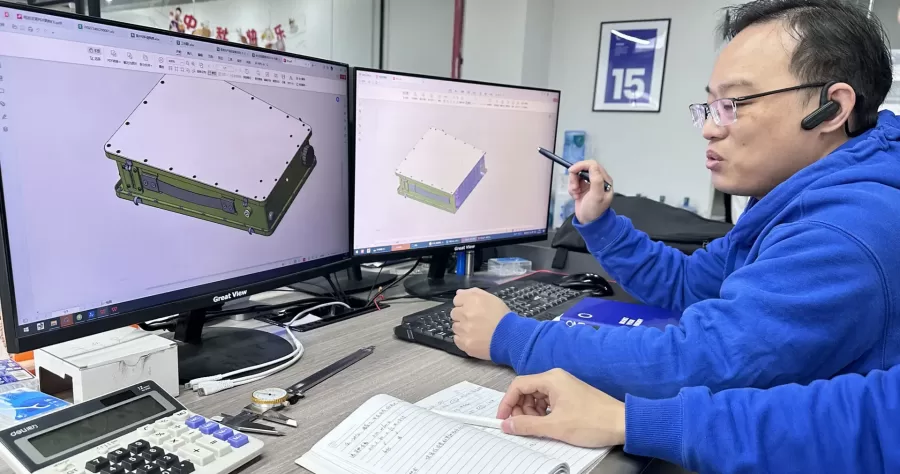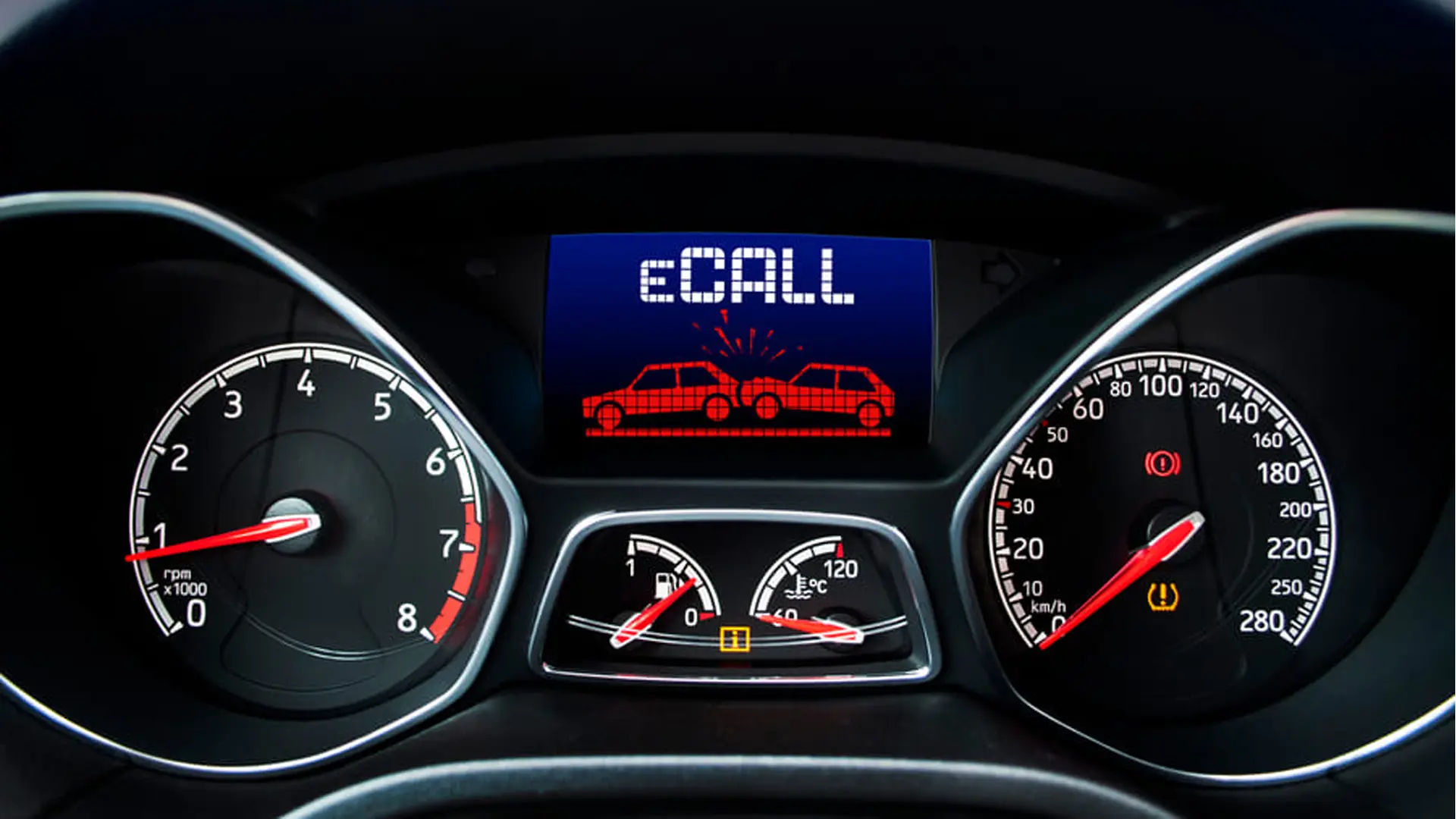Maximizing battery life is essential for IoT devices, especially those deployed in remote or hard-to-reach locations where frequent battery replacement may be challenging or impractical. Longer battery life directly impacts device longevity, maintenance costs, and user experience. To be compatible with suitable batteries for IoT devices, we’ll dive into the IoT battery definition and some factors that should be considered to choosing the right batteries for IoT devices.
What is an IoT battery?
An IoT battery refers to a small-sized, rechargeable power source used to supply power to IoT (Internet of Things) devices. Compact size is indeed a critical consideration for IoT devices, especially those with limited space or small form factors. IoT batteries should be designed with sustainable, long-lasting, and high energy density to provide power to IoT devices for extended periods.
Application of IoT Batteries
- Remote Monitoring Devices: IoT batteries power sensors and monitoring devices used in remote locations such as forests, oceans, or industrial sites.
- Smart Home Devices: Batteries in IoT-enabled devices like smart thermostats, security cameras, and door locks ensure uninterrupted operation during power outages.
- Industrial IoT (IIoT) Sensors: IoT batteries power sensors and actuators in industrial environments for monitoring machinery, detecting anomalies, and optimizing processes.
- Agriculture: Batteries in IoT agricultural sensors and irrigation systems enable data collection and automation in remote agricultural areas.
- Environmental Monitoring: IoT batteries power devices used for environmental monitoring such as air quality sensors, weather stations, and water quality monitors.
IoT batteries have become essential components in countless applications across industries, facilitating the growth of IoT technology and enabling innovative solutions to real-world challenges. The demand for reliable, long-lasting batteries will only increase, driving further advancements in battery technology and enhancing the capabilities of IoT devices and systems.

CMB proudly offers customized lithium battery packs for IoT device needs, emphasizing reliability and compact dimensions. Our lithium-ion and lithium polymer batteries boast high capacity and extended lifespans, especially operation in wide temperatures.
Why Lithium-Ion Batteries are the best option for IoT Devices?
Lithium-ion batteries have emerged as a power source for a growing number of IoT devices. Because their superior power-to-mass and power-to-volume ratios are coupled with high coulombic efficiency. Moreover, their nominal operating voltage of 3.7V aligns well with the common logic levels in today’s electronics, enhancing versatility across devices. Wireless-connected devices require lightweight, compact batteries with extremely high energy density and high voltage. Therefore, lithium batteries are the best option.
Lithium batteries offer high performance and reliability. Li-ion batteries deliver energy per unit volume ten times higher than zinc-air batteries. Their electrolytes are water-free, enabling use at low temperatures, and some products with specific electrolytes can withstand high temperatures.
Factors to Consider for IoT Battery
Selecting the right battery is critical to optimizing the best performance and lifetime of IoT devices. Some factors should be considered for IoT batteries according to the customer’s needs.
Battery Type
Choosing the right battery type hinges on the specific application and device form factor. The button batteries are workable for low-power devices, which are rechargeable and limited capacity. On the contrary, lithium-ion (Li-ion) or lithium polymer (Li-poly) batteries offer greater capacity, rechargeability, and longevity, making them ideal for high-power-demand applications and extended device lifecycles.
CMB specializes in offering comprehensive customized battery pack design services to your IoT device. Our expertise ensures that you receive professional advice and top-notch solutions for your specific requirements.
Capacity and Energy Density
Capacity, measured in milliampere-hours (mAh) or watt-hours (Wh), indicates a battery’s stored energy, while energy density signifies stored energy per unit volume or weight. Opting for batteries with ample capacity and energy density ensures prolonged device runtime without frequent replacements.
Voltage and Discharge Characteristics
Maintaining voltage compatibility throughout an IoT application’s lifecycle is crucial. Factors like data transmission frequency, pulse intensity, and duration affect discharge rates and voltage drop over time, impacting device power consumption and runtime.
Temperature
Temperature significantly impacts battery performance, including capacity, discharge rate, and overall lifespan. At lower temperatures, chemical reactions in batteries slow down, leading to reduced available power. Most batteries cannot deliver their full capacity at room temperature, but not all battery chemistries are equally affected by this.
Lead-acid batteries outperform lithium-ion batteries in providing more energy at lower temperatures, which is why they remain widely used in automotive and grid storage industries. Nickel-cadmium batteries are also suitable for low-temperature operation. However, like other nickel-based batteries, they are prone to high self-discharge. It’s highly advised not to charge any batteries at low temperatures as it may cause permanent damage.
When operating at high temperatures and/or under high loads, batteries may overheat and enter a thermal runaway state. The batteries will catch fire or explode unless the gas release mechanism fails, extreme cases could lead to explosions or release of toxic gases, which is undesirable.
Various methods keep batteries within safe operating temperatures at both ends of the temperature range. However, it comes at the cost of overall system efficiency since a significant amount of energy may heat or cool the batteries. Therefore, selecting batteries with an appropriate operating temperature range for your device’s environmental conditions is crucial.
For outdoor IoT devices requiring excellent performance in high temperatures, our high-temperature battery packs, 3.7V 18650 battery packs, and 3.7V LiPo batteries are the best solution for IoT sensor devices, ensuring reliable power supply and longevity.
Environmental
The specific requirements of IoT applications often necessitate products to withstand various environmental challenges. Factors like salt spray and high humidity are particularly relevant when deploying devices near coastal regions.
The electronic devices may control, pose risks to battery components during the manufacturing process. The substances directly damage batteries or create conductive pathways that short-circuit battery terminals, potentially leading to thermal runaway events.
Monitoring Battery Status
Overcharging and over-discharging will damage the battery’s health. Overcharging leads to gas formation and corrosion, while overcharging causes electrode plating, slowing reaction rates and increasing internal resistance, significantly shortening battery lifespan.
To maximize investment in power solutions, it is crucial to monitor the State of Charge (SOC) of batteries. Properly utilized, tracking SOC over time also aids in accurately predicting the overall health status (SOH) of batteries. The “gas gauge” ICs from Texas Instruments can be used for coulomb counting and monitoring the battery condition.
Cost and Lifetime
Evaluating upfront and total cost of ownership over battery life is essential for cost-effectiveness.
By carefully assessing these factors, you can select the right battery with a reliable, durable power source for your IoT device.
Tips for Prolonging the Lifespan of IoT Device Batteries
1. Operate at Optimal Temperatures
Maintain batteries at room temperature
2. Shallow Charge and Discharge For The Battery
Rapidly charging or discharging leads to decreased battery lifespan.
3. Avoid over-discharge
Prevent full discharges to avoid electrode plating and preserve battery health.
4. Read Carefully the User’s Manual
Use the battery properly.
5. Optimize Depth of Discharge (DOD)
Keep the depth of discharge (DOD) low for enhanced battery cycle life. Maintaining a lower DOD, such as stopping cycles at 20%, significantly prolongs battery longevity compared to deeper discharges.
Conclusion
Selecting the right battery is pivotal for ensuring optimal performance and longevity of IoT devices. By carefully evaluating the battery’s application-specific needs and environmental factors, the battery pack manufacturer will provide a reliable and durable power source, bolstering the success of IoT deployments. The reliable battery pack solution contributes to a seamless user experience and is cost-effective.








One thought